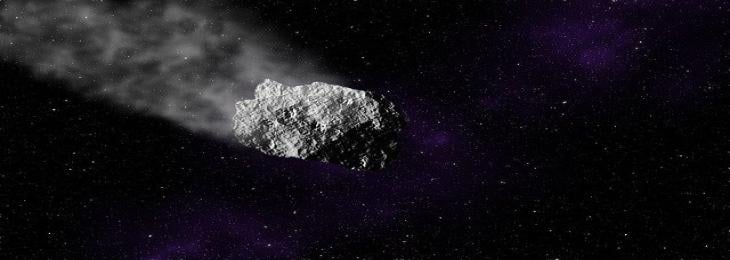
As the first-ever DRACO photos of Didymos indicate, the DART navigation lead at NASA's Jet Propulsion Laboratory in Pasadena, California, can determine the ideal parameters for DRACO and fine-tune the software.
DART will br fine tuned target by determining Didymos' position with more specificity in September. The DART team will carry out three trajectory correction procedures over the following three weeks using observations made every five hours. Each of them will further limit the spacecraft's needed impact trajectory's margin of error. The navigation crew will be able to pinpoint the target Dimorphos within two kilometres after the final manoeuvre on September 25, around 24 hours before impact (1.2 miles). DART will then be left to manoeuvre itself to encounter the asteroid moonlet on its own. DART will collide with Dimorphos at a speed of 4 miles per second (7 km/h).
Following that, Didymos was spotted by DRACO on August 12, August 13, and August 22 during scheduled observations.
As a part of the office's Planetary Missions Program, the DART mission is handled by the Johns Hopkins Applied Physics Laboratory (APL) for NASA's Planetary Defense Coordination Office. The first planetary defence test mission, DART, intentionally collides with Dimorphos to subtly alter its course through space. If an asteroid is ever discovered, the DART mission will demonstrate that a spacecraft is capable of travelling to a kinetic impact on a relatively small asteroid on its own and that this is a potential way to prevent an asteroid from striking Earth even when the asteroid presents no threat to Earth. September 26, 2022 will see the completion of the DART project.
The Double Asteroid Redirection Test (DART) mission of NASA recently saw Didymos, the double-asteroid system that houses its target, Dimorphos. On September 26, DART will deliberately collide with the asteroid moonlet Dimorphos of Didymos.






